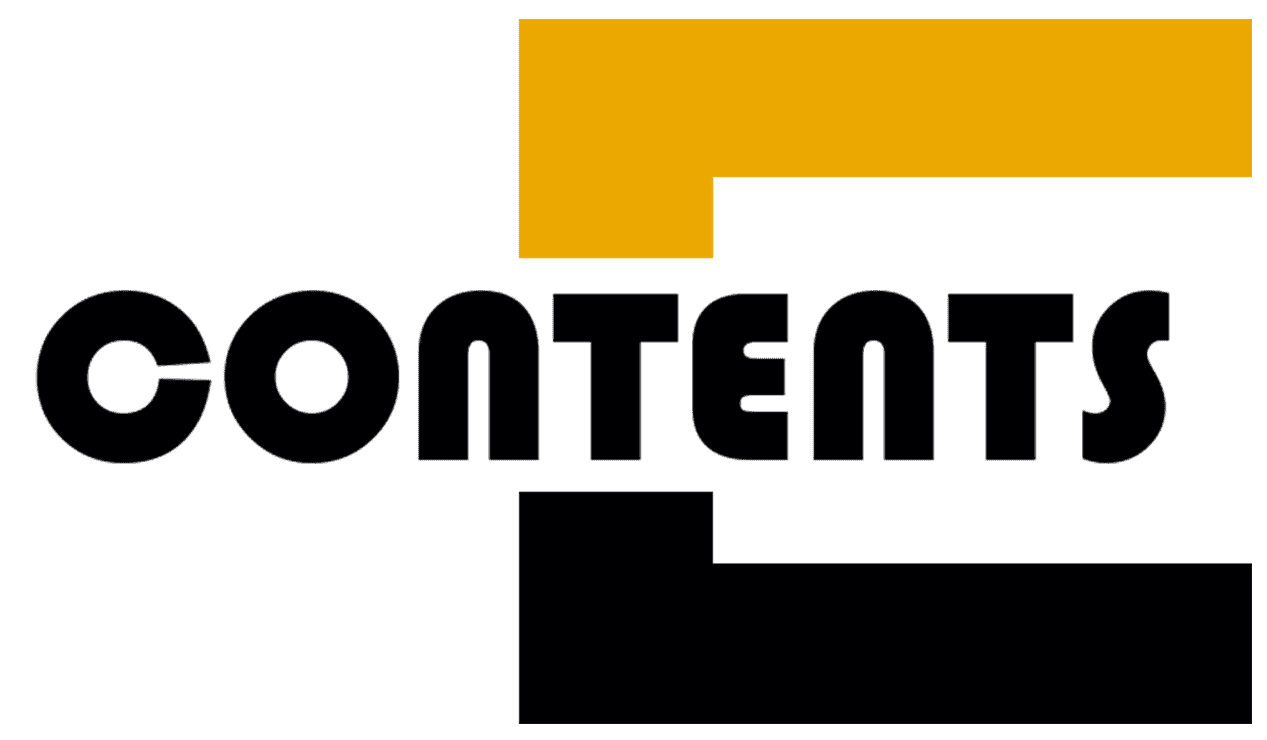 The Importance of a Professional E-Content Website
The Importance of a Professional E-Content Website
The demand for high-quality e-Content is ever-growing. Whether you’re an aspiring blogger, an educator, or a business owner, creating a professional e-content website is crucial for establishing your online presence and engaging your audience. WordPress, one of the most popular content management systems (CMS) in the world, offers a robust platform that makes it easier to build a high-quality e-content website. This e-page explores the essential steps to create a professional e-content website using WordPress, from planning and design to content management and optimization.
Before diving into the technical aspects of building a WordPress site, it’s important to understand why a professional and high-quality e-content website matters.
In an era where content is king, a well-designed website can:
- Attract and retain visitors: A professional design with valuable content encourages users to stay longer and explore more.
- Build credibility: High-quality content combined with a polished website design builds trust and authority in your niche.
- Enhance user experience: A user-friendly interface ensures that visitors can easily navigate and consume content.
- Drive conversions: Whether it’s subscribing to a newsletter, purchasing a product, or signing up for a course, a professional website optimizes the path to conversion.
Planning Your e-Content Website
- Define Your Goals and Audience
The first step in creating a professional e-content website is to clearly define your goals and identify your target audience. Ask yourself:
- What is the primary purpose of the website? (e.g., blogging, e-learning, news portal)
- Who is your target audience? (e.g., students, professionals, general readers)
- What type of content will you provide? (e.g., articles, videos, podcasts)
Understanding your goals and audience will guide your decisions throughout the website development process, from design and content strategy to monetization and marketing.
- Choose the Right WordPress Hosting
The foundation of a high-quality WordPress site is reliable hosting. Choose a hosting provider that offers:
- Fast loading times: Speed is critical for user experience and SEO.
- Security features: Look for hosting with SSL certificates, daily backups, and malware protection.
- Scalability: Ensure the hosting can handle traffic spikes as your website grows.
- 24/7 Support: Access to expert support is essential, especially if you encounter technical issues.
Popular hosting providers for WordPress include Bluehost, SiteGround, WP Engine, and more, each offering tailored solutions for different needs. Personally, I prefer and use Hostinger for my projects due to its reliability and robust features.
Designing Your e-Content Website
- Select a Professional WordPress Theme
The theme you choose will determine the overall look and feel of your website. WordPress offers thousands of free and premium themes designed for different types of e-content websites. When selecting a theme, consider the following:
- Responsive Design: Ensure the theme is mobile-friendly and adjusts seamlessly across different devices.
- Customization Options: Look for themes that allow you to easily customize colours, fonts, and layouts.
- SEO Friendliness: Choose a theme optimized for search engines to improve your website’s visibility.
- Support and Updates: Premium themes often come with regular updates and dedicated support, ensuring your website remains secure and up to date.
Popular themes for e-content websites include Astra, GeneratePress, and Divi, each offering a range of customization options and professional designs. However, as a WordPress Developer, I often design and develop custom themes and blocks tailored specifically for professional projects, unless the client requests otherwise. This approach allows me to deliver a unique and highly optimized user experience that aligns perfectly with the client’s brand and objectives.
- Use Essential WordPress Plugins
Plugins are essential tools that add functionality to your WordPress site. Depending on your website’s needs, consider installing the following plugins:
- SEO: Yoast SEO or Rank Math for optimizing your content for search engines.
- Security: Wordfence or Sucuri for protecting your website from threats.
- Caching: WP Super Cache or W3 Total Cache for improving site speed.
- Analytics: Google Analytics Dashboard for tracking visitor behavior and site performance.
- Backup: UpdraftPlus for regular backups to prevent data loss.
Choosing the right plugins ensures that your website is not only functional but also secure, fast, and optimized for search engines. For Search Engine Optimization, I prefer the Rank Math plugin for WordPress, as it offers more features in its free version compared to Yoast, which provides fewer options without upgrading to the premium version.
- Design a User-Friendly Navigation
A key aspect of professional web design is intuitive navigation. Organize your website’s menu structure to ensure users can easily find the content they’re looking for. Best practices include:
- Simple and Clear Menu Items: Use descriptive labels for menu items to guide users.
- Breadcrumbs: Implement breadcrumbs to help users understand their location on your site.
- Search Functionality: Add a search bar to make it easy for users to find specific content.
- Categories and Tags: Organize content using categories and tags to enhance discoverability.
Effective navigation not only improves user experience but also boosts engagement by encouraging visitors to explore more content.
Content Creation and Management
- Develop a Content Strategy
A successful e-content website requires a well-thought-out content strategy. This involves planning the types of content you will create, how often you will publish, and how you will promote it. Consider the following elements:
- Content Calendar: Plan your content in advance to ensure consistent publishing.
- Content Variety: Mix different types of content, such as blog posts, videos, infographics, and podcasts, to cater to diverse audience preferences.
- Quality Over Quantity: Focus on creating high-quality, well-researched content that provides value to your audience.
- SEO Optimization: Use keyword research to guide your content creation and ensure it ranks well on search engines.
A strong content strategy is the backbone of a successful e-content website, driving traffic and engagement over time.
- Optimize Content for SEO
Search engine optimization (SEO) is critical for driving organic traffic to your website. To optimize your content:
- Use Keywords Strategically: Incorporate relevant keywords naturally in your titles, headings, and body text.
- Optimize Meta Descriptions and Titles: Craft compelling meta descriptions and titles to improve click-through rates.
- Internal Linking: Link to related content within your site to enhance user experience and SEO.
- Image Optimization: Use descriptive file names and alt tags for images to improve visibility in search results.
Effective SEO ensures that your content reaches a wider audience, increasing your website’s visibility and impact. In addition to selecting the right SEO plugin, as mentioned earlier, I have also developed and integrated custom PHP code that handles the initial heavy lifting for keywords, meta descriptions, meta titles, and rich snippets schema. This customized approach enhances the plugin’s performance, resulting in even better SEO outcomes.
Finalizing and Launching Your Website
- Test Your Website Thoroughly
Before launching your e-content website, it’s crucial to conduct thorough testing to ensure everything functions smoothly. Test for:
- Broken Links: Ensure all internal and external links work correctly.
- Responsiveness: Check how your website displays on various devices and screen sizes.
- Page Load Speed: Use tools like Google PageSpeed Insights to analyse and improve loading times.
- Functionality: Test forms, buttons, and other interactive elements to ensure they work as intended.
- Launch and Promote Your Website
Once your website is ready, it’s time to launch. Announce your launch through:
- Social Media: Promote your website on platforms like Twitter, Facebook, and LinkedIn.
- Email Marketing: Send an announcement to your email subscribers.
- Guest Blogging: Write guest posts on related websites to drive traffic to your new site.
- Online Communities: Share your website in relevant forums and online communities.
Effective promotion ensures that your website reaches your target audience, driving initial traffic and engagement.
Conclusion
Creating a professional and high-quality e-content website using WordPress is a multi-faceted process that involves careful planning, design, content creation, and optimization. By defining your goals, choosing the right tools, and implementing best practices, you can build a website that not only looks professional but also delivers valuable content to your audience. As you continue to grow and refine your website, WordPress offers the flexibility and scalability needed to adapt to changing trends and user needs, ensuring your e-content website remains a powerful tool in your digital strategy.



